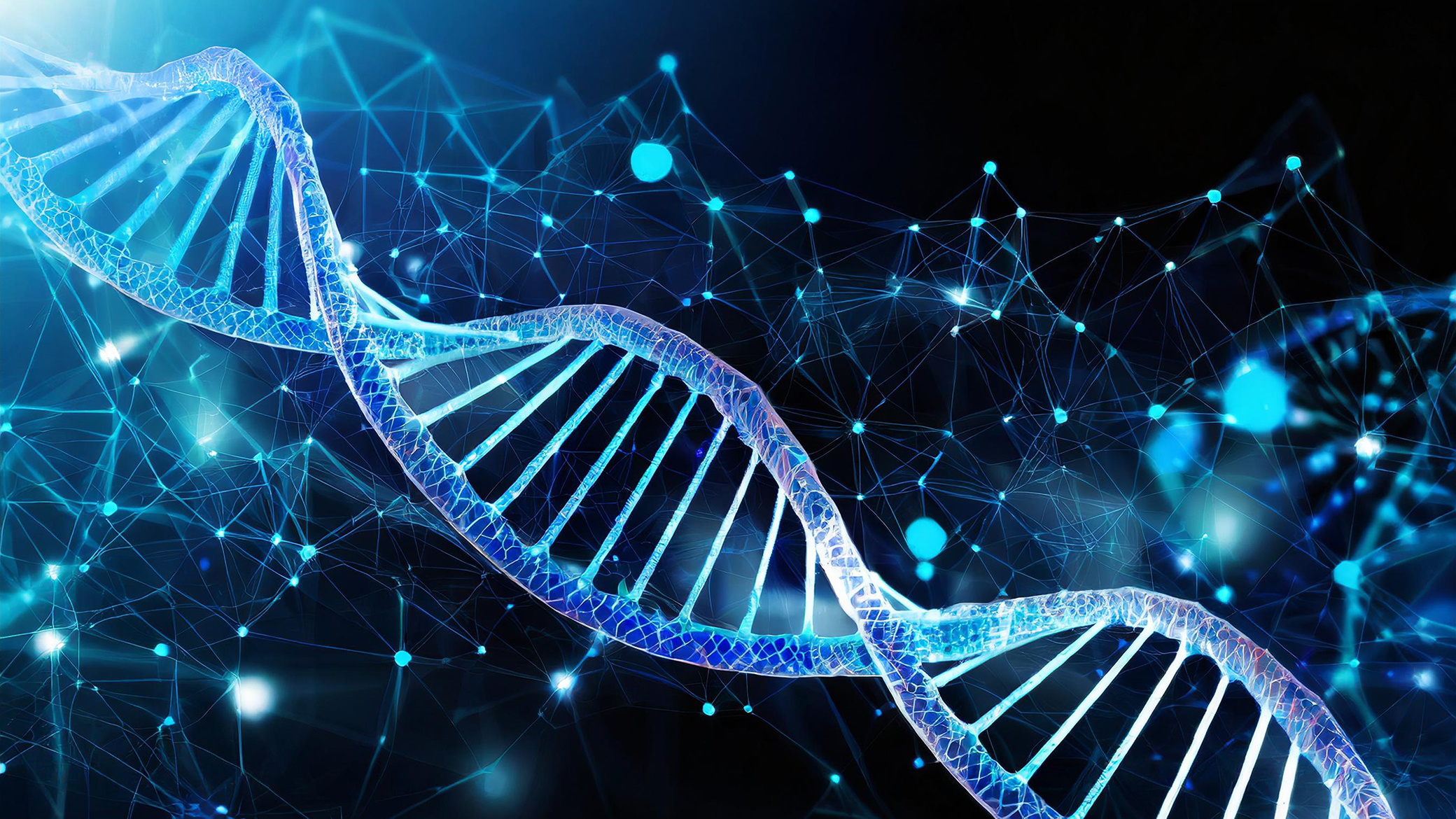Introduction
Liver disease encompasses a range of conditions that affect the liver’s ability to function properly. With increasing global prevalence, understanding liver diseases, their causes, treatments, and preventive measures is crucial for managing and improving patient outcomes. This comprehensive overview covers major liver diseases, their causes, available treatments, and practical recommendations for maintaining liver health.
Major Liver Diseases
- Hepatitis
- Overview: Hepatitis is inflammation of the liver, commonly caused by viral infections.
- Types:
- Hepatitis A: Transmitted via contaminated food or water.
- Hepatitis B: Spread through blood or bodily fluids.
- Hepatitis C: Mainly transmitted through blood-to-blood contact.
- Hepatitis D and E: Less common, often occurring in specific regions.
- Global Data: According to the World Health Organization (WHO), approximately 296 million people live with hepatitis B, and 58 million with hepatitis C.
- Non-Alcoholic Fatty Liver Disease (NAFLD)
- Overview: A condition where excess fat accumulates in the liver without alcohol consumption.
- Types:
- Non-Alcoholic Steatosis (NAS): Simple fat accumulation.
- Non-Alcoholic Steatohepatitis (NASH): Fat accumulation with inflammation and liver damage.
- Global Data: NAFLD affects an estimated 25% of the global population, with NASH impacting about 3-5%.
- Alcoholic Liver Disease
- Overview: Liver damage caused by excessive alcohol consumption.
- Stages:
- Fatty Liver: Early stage with fat buildup.
- Alcoholic Hepatitis: Inflammation of the liver.
- Alcoholic Cirrhosis: Advanced scarring and liver dysfunction.
- Global Data: WHO reports that alcohol-related liver diseases are responsible for 2.8 million deaths annually.
- Cirrhosis
- Overview: Progressive liver scarring resulting from chronic liver injury.
- Causes: Chronic hepatitis, alcohol abuse, and certain genetic disorders.
- Global Data: Cirrhosis is a leading cause of liver-related morbidity and mortality worldwide, with significant cases in both developed and developing countries.
- Liver Cancer
- Overview: Primary liver cancer, often developing from chronic liver diseases such as hepatitis and cirrhosis.
- Types: Hepatocellular carcinoma (HCC) is the most common type.
- Global Data: The WHO estimates that liver cancer accounts for approximately 800,000 deaths annually.
Causes of Liver Disease
- Viral Infections: Hepatitis viruses are a major cause of liver inflammation and damage.
- Alcohol Consumption: Excessive and prolonged alcohol use can lead to liver injury and disease.
- Obesity and Metabolic Syndrome: Excess fat and related conditions contribute to NAFLD and NASH.
- Genetic Disorders: Conditions such as hemochromatosis and Wilson’s disease cause abnormal accumulation of substances in the liver.
- Autoimmune Diseases: Autoimmune hepatitis and primary biliary cholangitis involve the immune system attacking the liver.
- Drug-Induced Liver Injury: Certain medications and toxins can harm the liver.
Treatments and Cures
- Lifestyle Changes:
- Diet and Exercise: For NAFLD and alcoholic liver disease, a healthy diet and regular physical activity are essential.
- Alcohol Abstinence: Avoiding alcohol is crucial for managing alcoholic liver disease.
- Medications:
- Antiviral Drugs: For hepatitis B and C, antiviral medications such as tenofovir and sofosbuvir are used.
- Anti-Inflammatory and Immunosuppressive Drugs: For autoimmune hepatitis, medications like corticosteroids and azathioprine are prescribed.
- Surgical Interventions:
- Liver Transplant: In cases of advanced cirrhosis or liver cancer, a liver transplant may be necessary.
- Resection: Surgical removal of cancerous liver tissue may be an option for liver cancer.
- New and Emerging Therapies:
- Gene Therapy: Research is exploring genetic interventions to treat liver diseases.
- Advanced Drug Therapies: New drugs are being developed to target specific liver disease mechanisms.
Cautions and Recommendations
- Regular Screening and Monitoring:
- Routine Check-ups: Regular liver function tests and screenings are essential for early detection and management of liver diseases.
- Imaging: Ultrasounds and other imaging techniques help monitor liver health.
- Preventive Measures:
- Vaccination: Hepatitis A and B vaccines are effective preventive measures.
- Safe Practices: Use protective measures to avoid hepatitis transmission, such as safe sex practices and avoiding sharing needles.
- Healthy Lifestyle Choices:
- Balanced Diet: Incorporate a diet rich in fruits, vegetables, and lean proteins.
- Limit Alcohol: Consume alcohol in moderation or abstain completely if at risk for liver disease.
- Avoid Self-Medication: Use medications as prescribed and consult healthcare providers before taking new drugs or supplements.

Conclusion
Liver diseases represent a significant global health challenge, with a range of conditions affecting millions of individuals worldwide. Understanding the causes, treatments, and preventive measures for liver disease is essential for improving patient outcomes and reducing the burden of these conditions. By adhering to recommended lifestyle changes, seeking timely medical care, and staying informed about advancements in treatment, individuals can better manage and prevent liver diseases.









